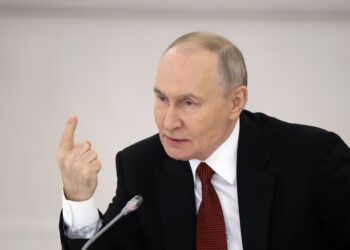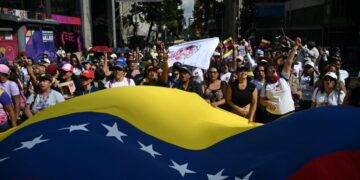25 is the new 30 when it comes to AI founders as Gen Z entrepreneurs lead the way on billion-dollar unicorn startups, top VC partner says
For the past decade, the archetypal founder was creeping up from someone in their 20s to someone a bit older....
What CFO pay packages reveal about long-term strategy
Good morning. Executive pay packages are increasingly being reengineered around explicit, measurable performance targets, sometimes including stock price gains. Take...
Buy Greenland? Take It? Why? An Old Pact Already Gives Trump a Free Hand.
President Trump has ridiculed Denmark’s dog sled teams in Greenland. He has cited mysterious Chinese and Russian ships prowling off...
Gabbard MIA on Venezuela operation amid tensions over Trump policy
President Donald Trump’s top national security advisers in recent days have outdone one another, publicly extolling his bold decision to...
Here’s Every New Netflix Movie Coming in 2026
Netflix is bracing for a very big year for its original movies. The streaming giant, which won 2025 with its...
A Defense of U.S. Intervention in Venezuela
What is actually happening in Venezuela? Is it a real regime change? A cynical attempt to replace one dictatorship with...
Trump Dramatically Ramps Up Putin Confrontation With New Military Operation
The White House has dramatically escalated its confrontation with the Kremlin by stepping up attempts to capture a sanctioned oil...
The ‘Seinfeld’ Star Who Backed Out of Appearing on ‘The Sopranos’ at the Last Minute
Although he’s best known today for playing Frank Costanza and Arthur Spooner on comedy shows like Seinfeld and The King...
‘Burden of command’: How a brutal recruiting mission broke some Marines leading the charge
Matt Rota for BIMarine recruiters have long faced some of the most challenging workplace conditions of all military recruiters, the...
My Older Relatives Hurt Younger Ones With Their Blunt Advice. What Can I Do?
I have heard of two cases recently of older relatives’ making hurtful comments to our young adult relatives under the...














